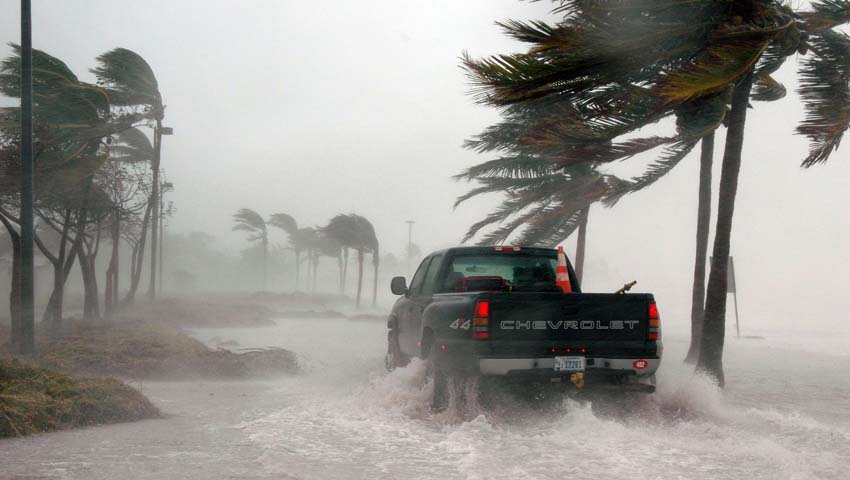It’s time to think beyond COVID-19
Disasters come in all types and sizes, and extend beyond a pandemic. Some of the greatest lessons learned to date from COVID-19, as well as other disasters, spotlight how important it is, no matter what the circumstances, to:
- continually expect the unexpected
- adapt to the unknown, and
- be nimble and fluid in how we allocate and utilize resources and equipment
Planning is central to preparation and success
According to The National Oceanic and Atmospheric Administration (NOAA), the 2020 hurricane season is expected to be above normal. “As Americans focus their attention on a safe and healthy reopening of our country, it remains critically important that we also remember to make the necessary preparations for the upcoming hurricane season,” said Secretary of Commerce Wilbur Ross. The ongoing surge of COVID-19, combined with upcoming hurricanes, floods, seasonal flu and other threats can burden our already strained response systems. The degree to which we plan determines the degree to which we can minimize loss. Planning is foresight and increases chances for success. Merely being prepared with money, manpower, or supplies is not enough without the plans in place to know how to leverage them quickly and effectively.
Lessons COVID-19 has taught about planning.
Healthcare and emergency institutions worldwide will no doubt be unpacking lessons learned from this pandemic for years to come.
5 lessons we can apply now:
1) Never rest
Planning needs to be a 365 day event in order to stay one step ahead of what might happen. Creating “swing teams” can allow for a continual chain of information to flow through the organization. As one team brings information in from the field, front lines or sources, another team extracts the information that may help plan for what will be needed next. In 2019, there were 90 natural disasters in the United States alone.2 That’s roughly one disaster every four days. Continual planning is essential because disasters will continually strike.
2) Create pre-scripted messaging
Proactively create messaging on numerous issues related to personal safety and healthcare in multiple languages. This can assist non-English speaking people who may be separated from their families or communities, or end up alone in healthcare institutions without advocates who can help them better understand information and make decisions. Consider providing this information in a printed format, as well as making it available online and/or through social media.
3) Enroll telemedicine
Establish easily accessible channels for telemedicine across all platforms and in remote or dangerous locations. Making telemedicine available during a disaster will allow people to receive the medical advice they need from wherever they are, and free up EMS teams and emergency departments and hospitals to be available for true, life-threatening medical emergencies.
4) Train early, often and up
Create tiers in your staff and determine who will be trained for what procedures and skills. Some experts recommend training front line staff to expand their skills in their current field to include more advanced procedures than they would normally perform. Through this method of “training up,” clinicians can confidently handle more complicated cases if needed. Doing this kind of training on a planned, proactive and continual basis can build highly nimble and efficient teams. The same type of proactive advanced-skills training can apply in non-hospital settings as well such as utility, communications, and technology companies.
5) Anticipate diverse patient needs
Depending on the incident, patient needs can vary. Your procurement plan should emphasize squiring versatile equipment that can provide the right support for diverse patient needs as well as in challenging conditions. Important features to consider include product size and weight, portability, power requirements, therapy adaptability, and required maintenance. Ensure your equipment will be able to accommodate tight spaces, perform where power is not available, and can deliver what’s needed to a broad range of patients with minimal adjustments or accessories. The pNeuton Model A is a workhorse in the face of any disaster, and is the ventilator technology chosen by GE Healthcare and Ford for the fight against COVID-19.
Airon is here to support your disaster plans and patient needs. With new and expanded production space and a growing team, we are here to help you source what’s needed in the coming months. In business for 30 years, we understand the vital priority of disaster planning, patient safety with ventilatory support, and your need for adequate coverage. To learn more, visit www.aironusa.com.

